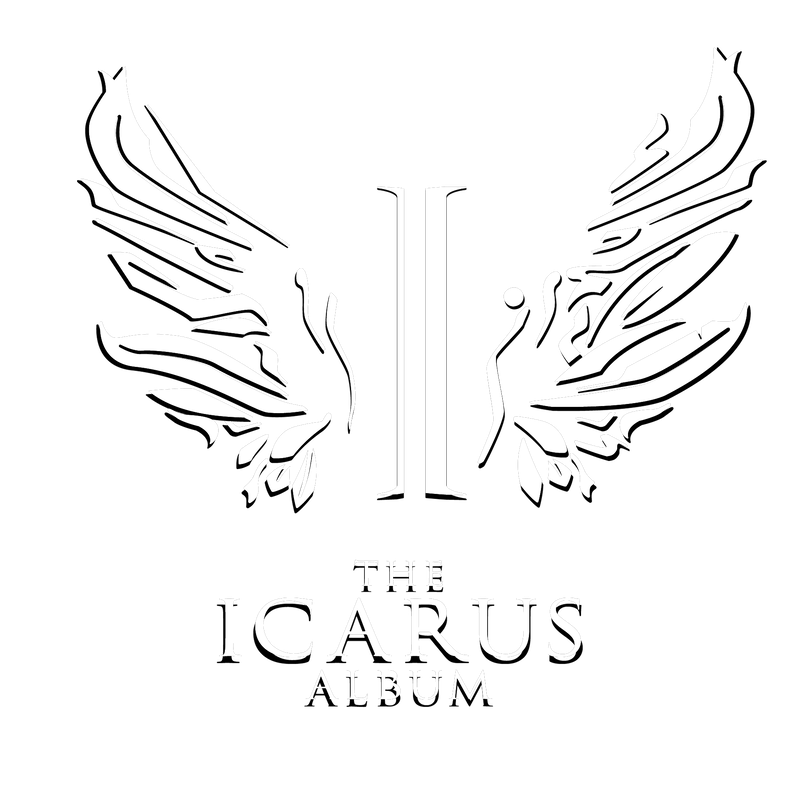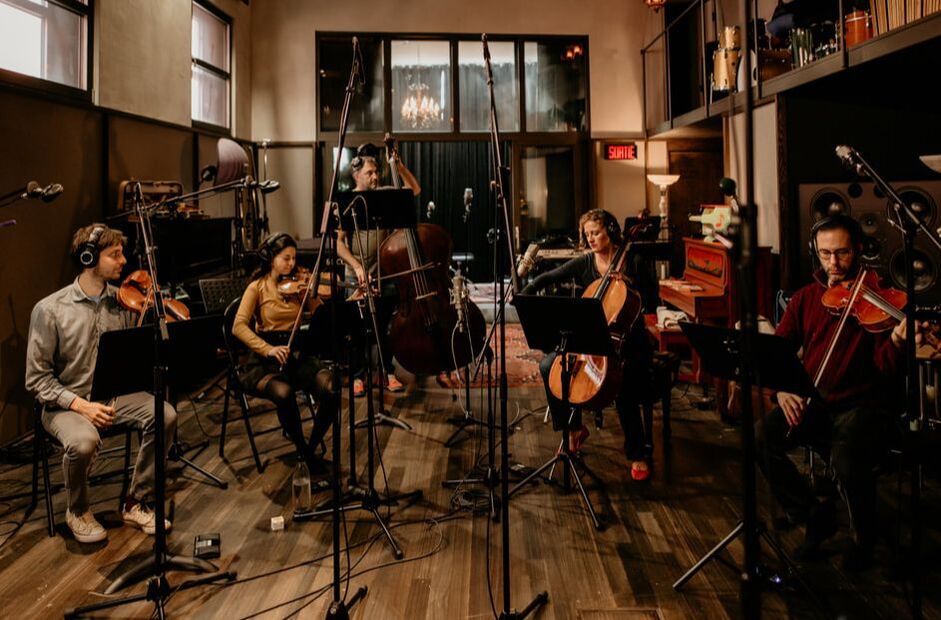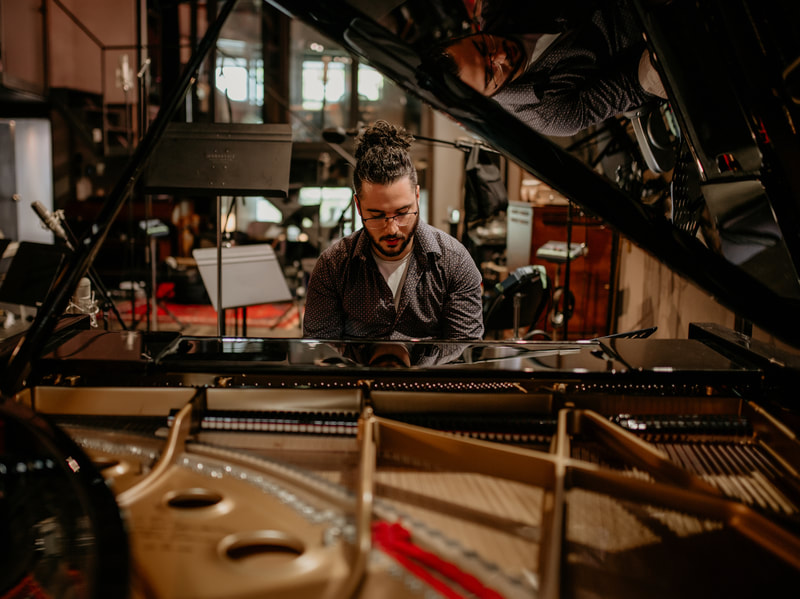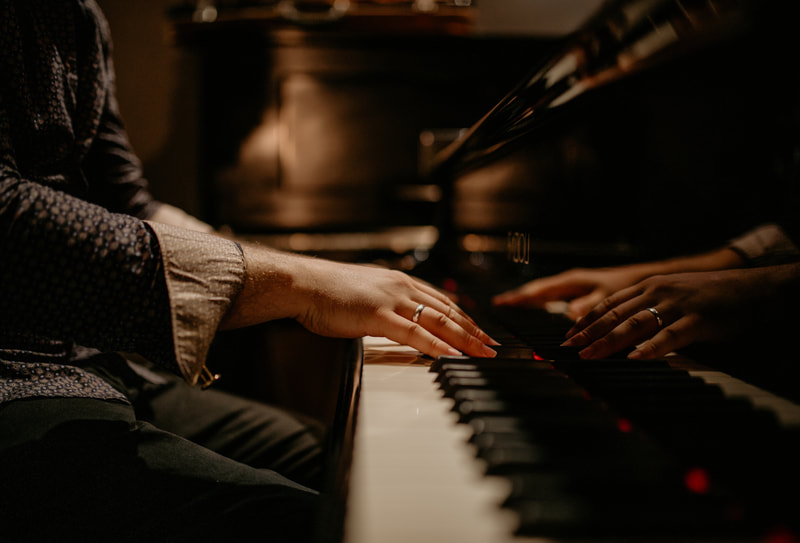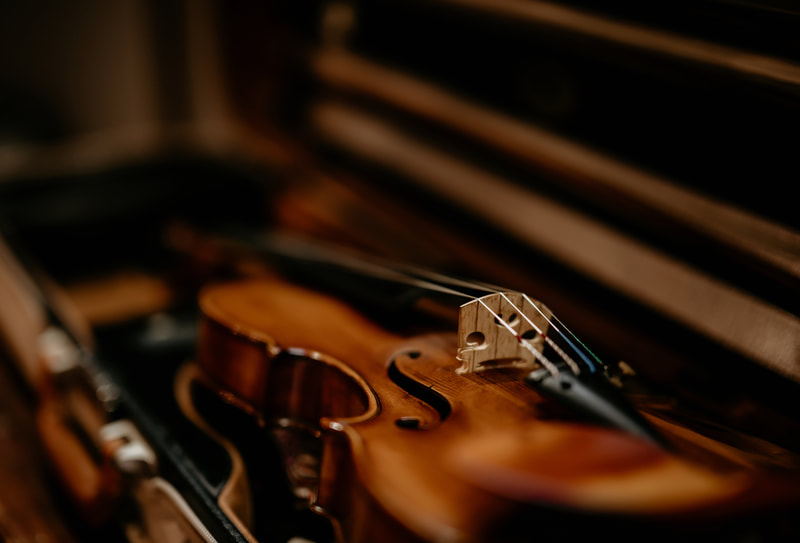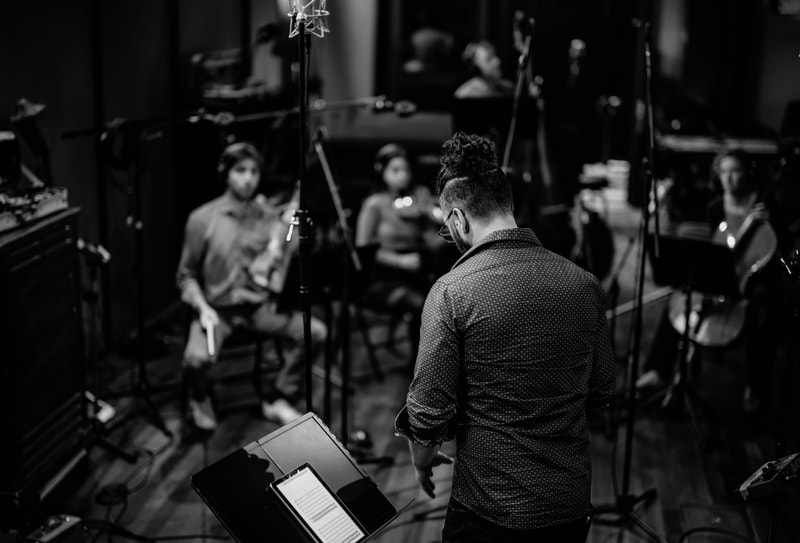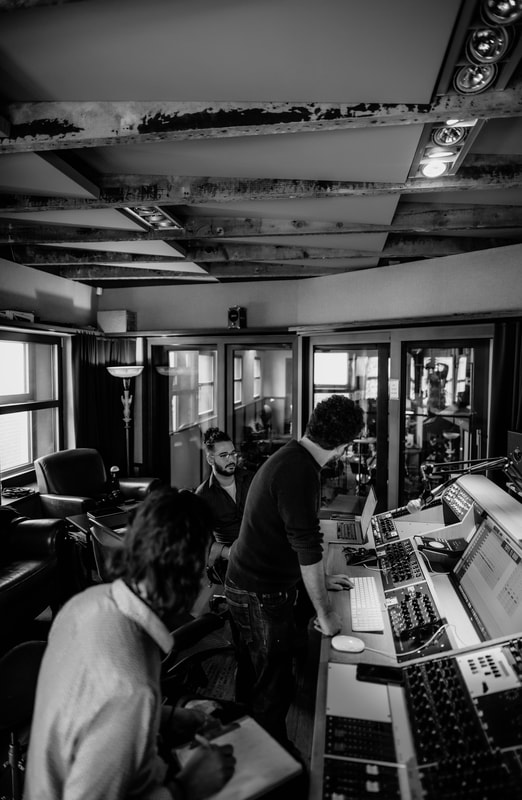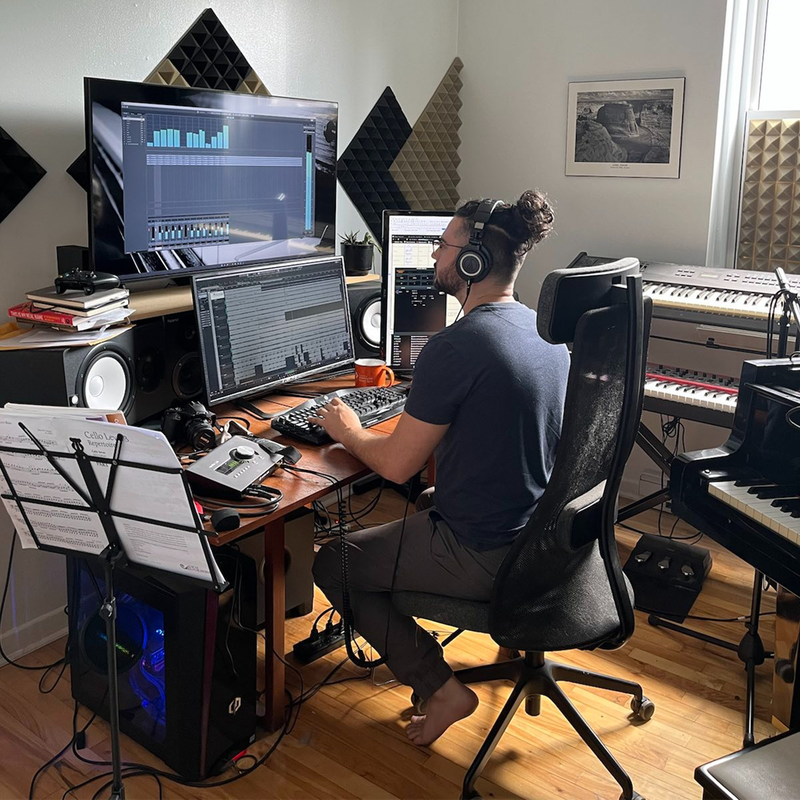The Icarus Album has begun its rollout!
The third release "No Escape By Land or Sea But the Air and the Sky are Free" is out now on all the platforms.
Then "Feathers and Wax" flows into the sound design which opens the debut track "Daedalus Requiem".
Stream all three now, wherever you get your music!
The third release "No Escape By Land or Sea But the Air and the Sky are Free" is out now on all the platforms.
Then "Feathers and Wax" flows into the sound design which opens the debut track "Daedalus Requiem".
Stream all three now, wherever you get your music!
Pre-order links for The Icarus Album will be happening in the coming days.
The Story
The Icarus Album is a musical reinterpretation of the Greek myth of Daedalus, who creates wax wings so he and his son can fly to freedom. In my version it is Daedalus who falls into the ocean and Icarus who must fly onward without his father– Now forced to learn new ways to use the broken wings he has inherited.
This story is significant to me for a number of reasons. Icarus, and his need to fly not too high and not too low, is a common metaphor for people living with Bipolar, something which influences much of my life and artistic process. Daedalus, the inventor and builder of the wings is a representation of my father, also a brilliant engineer and inventor, who died tragically by suicide a year before I began this project. Creating the music has been my own way of moving through grief and learning to thrive again.
The album combines classical strings and horns with contemporary electroacoustic sound design. Each track tells a specific part of the story and is titled accordingly. It fits best in the loosely defined New Classical genre but could also find a home with contemporary Neoclassical, Post-classical or Pop-classical composers.
The album uses music and not words for its storytelling.
The electroacoustic sections are built from digitally reversed piano, a technique which flips the natural decay of a piano to create a sound that emerges from silence, crescendos to its loudest point and then suddenly falls off. This unique timbre is a foundational building block for the album's storytelling.
Other sounds on the album are real-world noises which have been sampled and electronically manipulated.
This story is significant to me for a number of reasons. Icarus, and his need to fly not too high and not too low, is a common metaphor for people living with Bipolar, something which influences much of my life and artistic process. Daedalus, the inventor and builder of the wings is a representation of my father, also a brilliant engineer and inventor, who died tragically by suicide a year before I began this project. Creating the music has been my own way of moving through grief and learning to thrive again.
The album combines classical strings and horns with contemporary electroacoustic sound design. Each track tells a specific part of the story and is titled accordingly. It fits best in the loosely defined New Classical genre but could also find a home with contemporary Neoclassical, Post-classical or Pop-classical composers.
The album uses music and not words for its storytelling.
The electroacoustic sections are built from digitally reversed piano, a technique which flips the natural decay of a piano to create a sound that emerges from silence, crescendos to its loudest point and then suddenly falls off. This unique timbre is a foundational building block for the album's storytelling.
Other sounds on the album are real-world noises which have been sampled and electronically manipulated.
The Team
I am honored to work with a team of such astoundingly good musicians, engineers, and producers. Together we have created transcendent music that will be an important contribution to new classical music.
Violin – Mattia Berrini
Violin – Roxanne Sicard (Roxanne played a 1741 Carlo Antonio Testore on loan by the Canimex Group)
Viola – Pemi Paul
Cello – Silvia Buttiglione
Bass – Reuven Rothman
Trumpet – Bertrand Margelidon
Sound Design – Devon Bate
Producer – Anit Ghosh
Violin – Mattia Berrini
Violin – Roxanne Sicard (Roxanne played a 1741 Carlo Antonio Testore on loan by the Canimex Group)
Viola – Pemi Paul
Cello – Silvia Buttiglione
Bass – Reuven Rothman
Trumpet – Bertrand Margelidon
Sound Design – Devon Bate
Producer – Anit Ghosh
Press
Montreal Guardian
“A Day in the Life” with Montréal-based Classical Music Composer Erik Lankin
Last Day Deaf
"In just 100 seconds, Montreal-based neoclassical composer and producer Erik Lankin showcases his exceptional artistry with No Escape By Land or Sea But the Air and the Sky are Free(...) Judging by this exceptional sample, The Icarus Album promises to be a deeply emotional and artistically rich reinterpretation of this timeless story."
Indie Music Discovery
"Erik’s music channels the full spectrum of emotion into instrumental soundscapes which are compellingly narrative and evocative."
“A Day in the Life” with Montréal-based Classical Music Composer Erik Lankin
Last Day Deaf
"In just 100 seconds, Montreal-based neoclassical composer and producer Erik Lankin showcases his exceptional artistry with No Escape By Land or Sea But the Air and the Sky are Free(...) Judging by this exceptional sample, The Icarus Album promises to be a deeply emotional and artistically rich reinterpretation of this timeless story."
Indie Music Discovery
"Erik’s music channels the full spectrum of emotion into instrumental soundscapes which are compellingly narrative and evocative."
